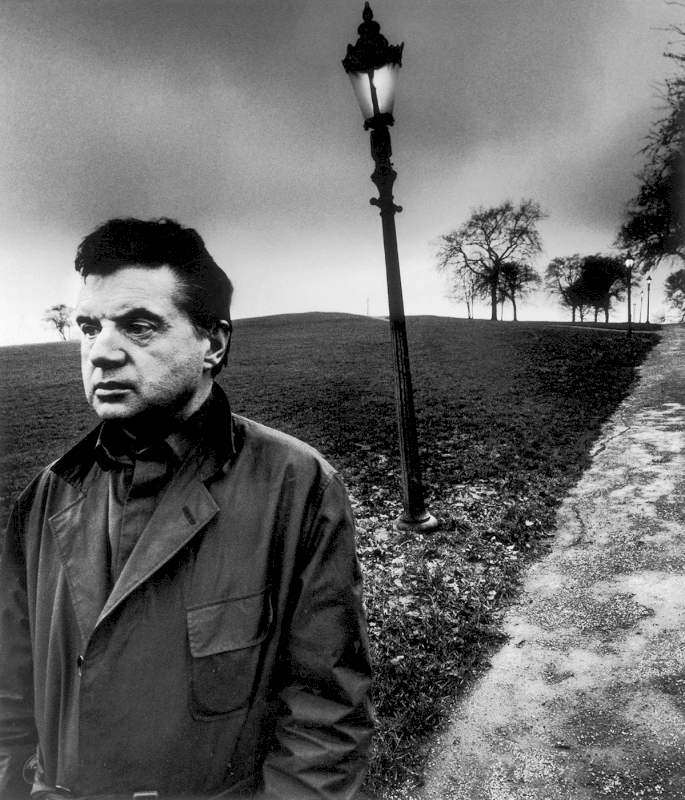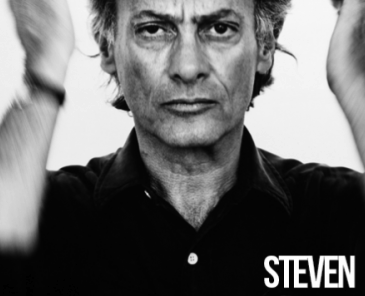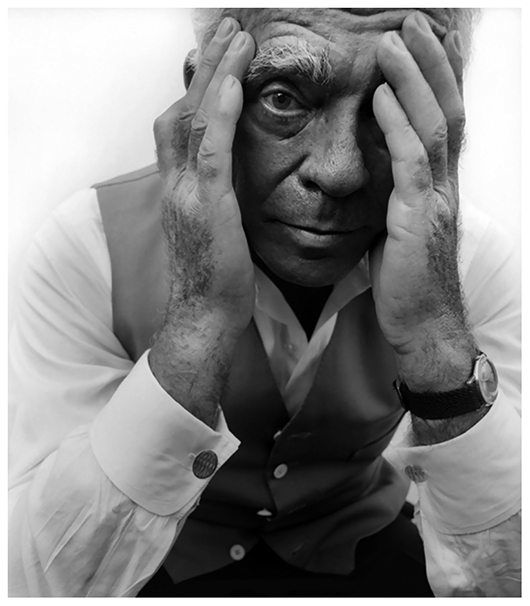Bill Brandt (May 3, 1904 – December 20, 1983) was a British photographer known for his black-and-white images of social contrasts in British society and his photos distorted images of nudes and landscapes. He also took photographs as a photojournalist.
He was born in Hamburg on May 3, 1904, his father was British and his mother German. He began very early to study drawing with the Czech architect K. E. Ort, although much of his education took place in Vienna. During his childhood, the First World War was taking place, so at the end of it he adopted British nationality since there was inequality of opportunity if he had German nationality.
Shortly thereafter, he contracted tuberculosis for which he was treated for several years in a sanatorium in Davos in Switzerland under the care of Dr. Eugenie Schwarzwald. In this city there was a great artistic and literary atmosphere. When he was cured, he moved to Austria with a brother who encouraged him to take photographs and introduced him to Ezra Pound, who in 1928 was his first model. He was impressed by Brandt's talent and introduced him to Man Ray who gave him an assistant position where he was for three months.
Starting his job as a photographer's assistant in Paris, he was greatly impressed by the Surrealist movement. After taking a trip with his wife Eva, he settled in London in 1931, where he began to carry out documentary work on the social differences in British society and the contrasts they produced; as well as the problems of unemployment in mining. In these photos you can see the influence of Man Ray, André Kertész, Eugène Atget and in the London night photos of his friend Brassaï and his Parisian work.
These works were published in several books: The English at Home in 1936 and A Night in London in 1938. In the same year he published the book A Camera in London, which collects several of his photographic approaches. Among some of the ideas that he raised throughout his life are:
- A photographer must possess and retain the receptive faculties of a child looking at the world for the first time.
- I think a good portrait should express something of the person's past and hint at something of their future.
- Often I have the impression that I have already experienced a situation, so I try to represent it as I remember it.
- Only enlargement allows me to finish my composition work. I don't see why it would alter the truth of the photo.
From 1937 he published regularly in magazines such as Harper's Bazaar, Lilliput, Picture Post and The Bystander. His best-known reports dealt with social inequalities in the United Kingdom. During World War II he was working for the British government photographing the nightlife of the London population during the bombings, at that time he managed to photograph the city without people. At the end of the war his style gradually changed from graphic reporting to the photography of landscapes, nudes and the human body with the use of wide angles and unusual points of view. He also took up portraits of British artists for Lilliput, Picture Post and Harper's Bazaar.
In these works his interest in the surreal returned, which led to a review of nude photography in his book Perspective of nudes, in which he uses the lenses of wide angle to obtain deformed and sculptural nudes with a wide depth of field that are spectacular. He also dedicates himself to photographing characters with landscape environments and backgrounds that give him a surreal configuration. Among the people portrayed are Pablo Picasso, Francis Bacon, Graham Greene and Peter Sellers.
The landscapes were made in private spaces at first but later he used the beaches of Normandy or the Bay of Anges in Nice. During the last years of his life he was teaching at the Royal College of Art and exhibiting his work; In this way, he participated in the exhibition of The Family of Man invited by Steichen and in 1979 he was awarded by the Royal Photographic Society and shortly before by the Royal Society of Arts. He died on December 20, 1983 due to complications from diabetes that had been dragging on for more than forty years.
His work was quite influential during the second half of the 20th century. His first monographic exhibition in Spain took place in 2008 at Photoespaña, although previously some of his works could be seen in collective exhibitions, such as Foco 86 in 1986 at the Círculo de Bellas Artes in Madrid. In 2021, the Mapfre Foundation has exhibited, first in Barcelona and then in Madrid, an extensive retrospective of his work, with 186 photographs printed by the artist himself.
(Source Wikipedia)
Sometimes they are a matter of luck, the photographer couldn't wait or wait for them. Sometimes they are a matter of patience, waiting for an effect to repeat that he has seen and missed or anticipates.








 English (United Kingdom)
English (United Kingdom)